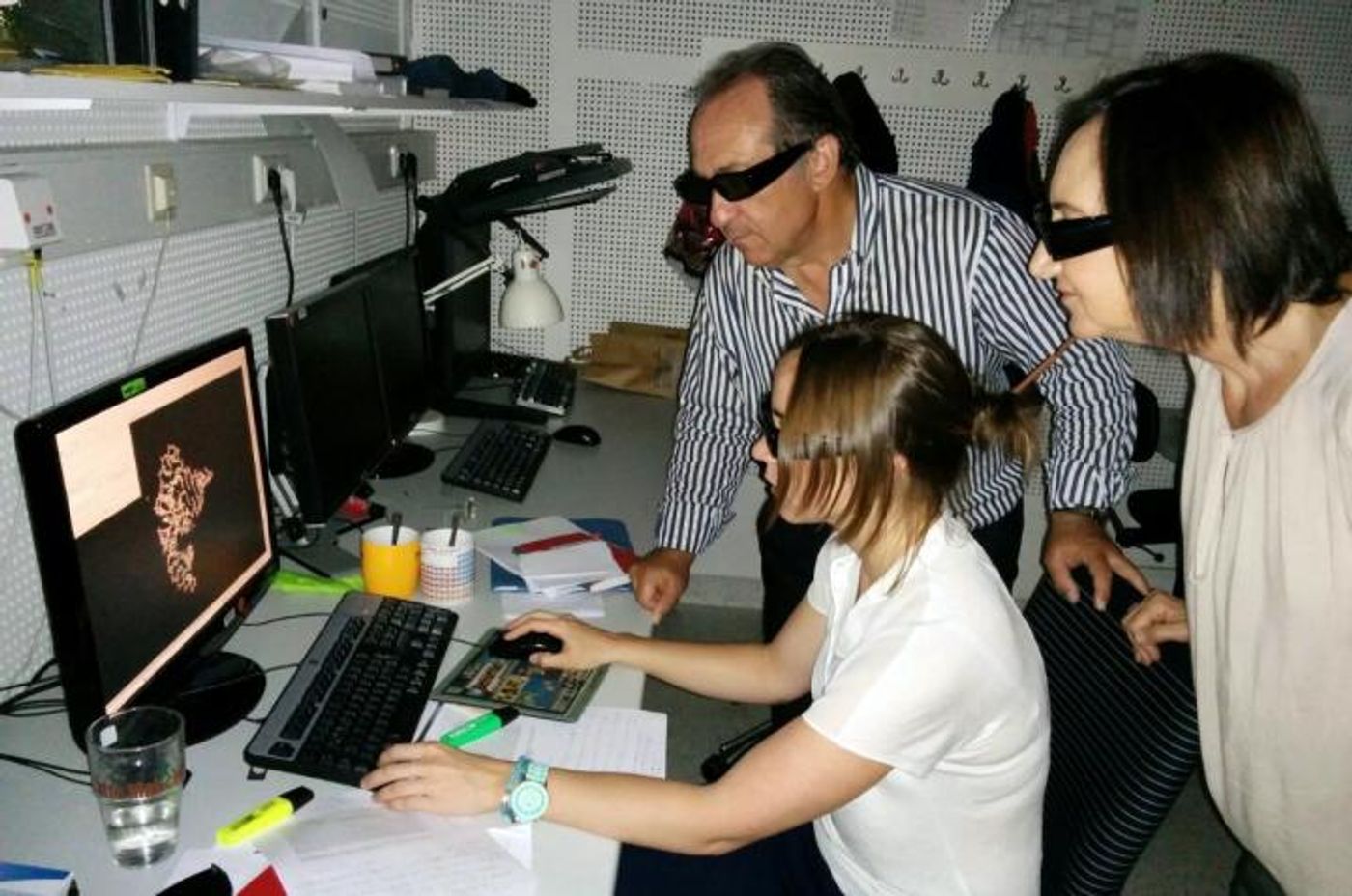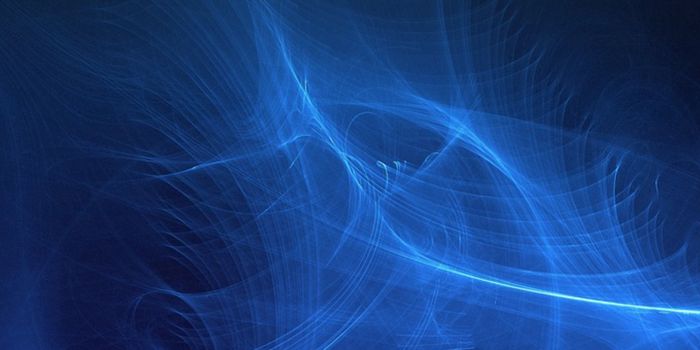In addition to its double helix shape famous for holding the information of the genetic code, DNA can also occur as an enzyme, called deoxyribozyme. Although isolated over twenty years ago, scientists haven’t been able to associate DNA’s catalytic activity with its three-dimensional structure, until now.
In a new study from the Max Planck Institute for Biophysical Chemistry, researchers “built” the so-called “DNAzyme” in its crystal structure on computer program in the laboratory, synthesized as single stranded DNA.
“We can see that this DNA is capable of taking on forms as complex as those of protein enzymes or ribozymes capable of catalytic activity," said Almudena Ponce-Salvatierra, PhD.
DNA’s non-double helix shape has “broken the paradigm” of assumed DNA structure uniformity. Rather than exhibiting the stiffness thought to accompany all DNA, the DNAzyme is flexible and follows a complicated three-dimensional structure.
The scientists also found a specific structure of the DNAzyme named 9DB1, which apparently catalyzes the ligation of two RNA strands. The study was recently published in
Nature.
Scientists are also already looking ahead to apply the mechanisms of the DNAzyme in medicine. Some clinical trials are already under way. Scientists see a potential for DNAzyme to be able to repair nucleotide bases, which could have countless applications in therapeutics for disease-causing mutations.
Source:
Spanish Foundation for Science and Technology









